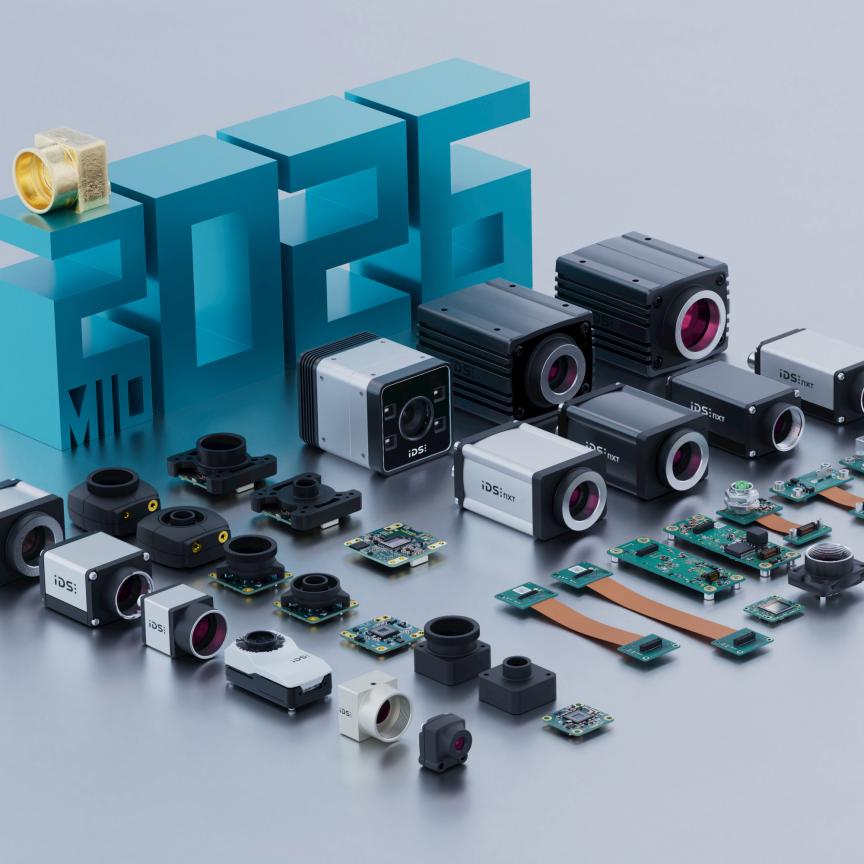The Chinese Small Telescope Array (CSTAR), situated above the South Pole, is using four highly sensitive frame transfer CCD cameras to record faint, transient sources of light, such as supernovae, gamma-ray bursts and minor planets.
CSTAR operates totally robotically, and is part of the PLATeau Observatory (PLATO) – an automated, self-powered astrophysical site testing observatory developed by the University of New South Wales (Australia). Four DV435 1k x 1k cameras from Andor records the light captured by four separate 14.5cm Schmidt-Cassegrain optical telescopes that form the CSTAR.
CSTAR has been deployed on Dome A – the highest point on the Antarctic plateau, which is an ideal site for high-resolution imaging since the extremely cold temperatures means very low levels of both background infrared and water vapour content.
As three of the telescopes have specially chosen filters, and one is filter-less, CSTAR can produce a very data-rich photometric catalogue as it records the night sky. During field trials, more than 10,000 sources of light, down to ~16th magnitude, were successfully detected during each 30-second exposure. This makes CSTAR ideal for studying any variability in these sources, and for discovering new transient sources of light that fall within its field of view.
Frame transfer technology is perfect for this application since it does not require a mechanical shutter – a prerequisite for trouble-free operation when temperatures can fall to -80°C.
In Andor DV435 frame transfer CCDs, half the chip is covered by an opaque mask for image storage and the other half exposed to the signal. This allows for rapid acquisition of sequences of image data at the peak quantum efficiency of approximately 95 per cent. As soon as one frame is exposed, its charge is shifted to the masked area. While the masked frame is being read out, data are still being acquired for the next read out. With no shutter, there are no mechanical delays. In the CSTAR set up, each pixel on the 1k x 1k Andor cameras equates to about seconds of arc allowing for fine and systematic scans of the night sky.

